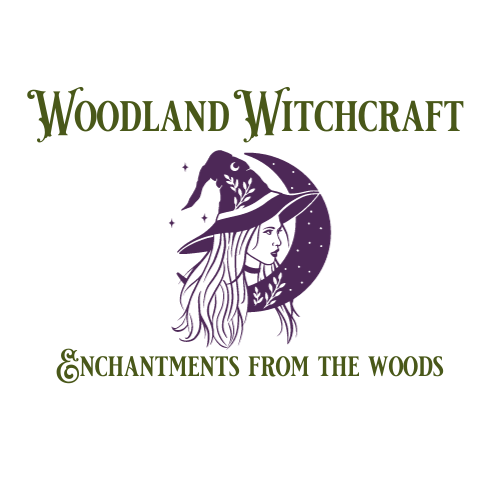It's October and the leaves are beautiful shades of red, burnt orange, yellow and burgundy. The air is brisk and carries the scent of wood stoves and burning leaves. As I watch the leaves slowly drift to the ground I think about the coming holiday. As with many pagans Samhain is my favorite Sabbat and autumn a favorite time of year. I think of how I want to decorate this year and what activities I would like to engage in with my children; it's different when they become teenagers as they think they're too old for many of the age-old traditions like hayrides, corn mazes, bobbing for apples and carving pumpkins.
For centuries people of all ages, religions, and social classes all over the world have been celebrating Samhain pronounced (SOW – win) or summer's end, in one way or another. Sometimes it is called by other names such as Halloween, Calan Gaeaf, or the first night of winter (Welsh), Oie Houney or Celtic new year (Manx), La Festa del Ombre, or shadowfest (stregha) and many more.
Different cultures have different traditions and purposes for the holiday. To the ancient Celts Samhain was the most important of the four Celtic fire festivals. This is when all the villagers would let their hearth fires burn out and the druid priests would relight the community's sacred fire in a great ceremony. The villagers would gather and leave offerings or sacrifices related to their needs; then they would leave offerings of food at the edge of their village for wandering spirits and faerie folk. After these ceremonies every person returned home with a brand, lit from the sacred fire that they used to relight their hearth and to light bonfires or set torches at the edge of their fields.
The ancient Celts saw Samhain as the completion of the harvest and the time to prepare for winter. As the veil is at its thinnest on this day, it was also when they could expect a visit from their ancestors. When the spirits of the dead crossed over, so too did other more unsavory beings; villagers would dress themselves and their children as animals and other fearsome creatures to prevent being kidnapped by faeries, and later, ‘witches’.
When the Ulster Protestants from Ireland settled in the United States in the 19th century, they brought their own Samhain traditions with them. They had parties, games, and masquerade parades these were huge celebrations and many non-Irish joined in these activities.
Over time rituals for protection from the faeries turned into protection from “witchcraft”. During the Victorian era villagers would throw a representation of an old woman into the flames and call that “burning the witch”. The torches of the Welsh and the jack-o-lanterns left at the edge of walkways were to “keep witches away” and to light a path for ancestors wandering across the veil; candles were placed in windows in the West to represent the land of the dead and lights were placed along the paths and walkways so that the beloved dead visiting from across the veil could find their way to their loved ones door.
In addition to guiding their way, feeding the dead was a very important event on Samhain. Some would have a “dumb supper”; this was when deceased loved ones were invited to join at the beginning of dinner and dinner proceeded in complete silence. At the end of the meal the loved ones were thanked for joining the meal and bid farewell. This offering of food wasn't always so formal, however. Others would place food on the front doorstep for their loved ones so they would have nourishment as they travel to the afterlife. Another custom was to bury apples in the ground to feed any lost spirits or spirits who didn't have anyone to prepare a meal for them.
As time has passed many Samhain traditions have been lost, changed, or abandoned, and some time around 610 A.D. the Catholic priests tried to wipe it out altogether. They called November 1st All Saints Day and November 2nd All Souls Day. All Saints was an observance for souls believed already ascended to heaven and All Souls as a day to honor souls possibly still working out some issues in purgatory. Over time they came to refer to Samhain as Allhallows eve, Hallowmas, or Hallowe’en.
Whatever your background, no matter your age, most of the world recognizes and celebrates Samhain in one way or another; whether it be by watching horror movies, carving pumpkins, or performing a great ritual; one thing is for sure, this beloved fire festival is here to stay. Now… you have less than a month to prepare to receive your ancestors, you best get at it!
What are some of your old family Samhain traditions?
For further reading on Samhain check out these books:
Samhain by Llewellyn's Sabbat Essentials
The Sabbats - A New Approach to Living the Old Ways by Edain McCoy
The Book of Blessings and Rituals by Athena Perrakis, Ph.D.

